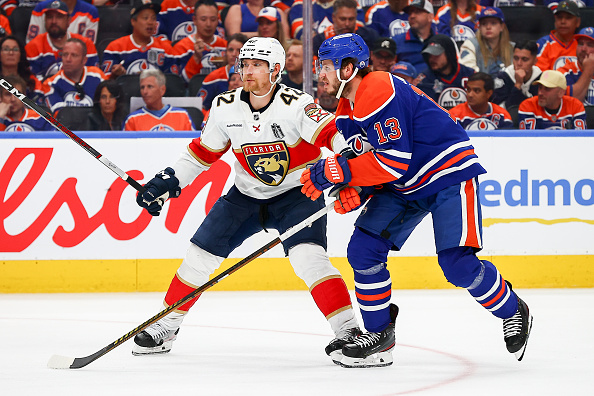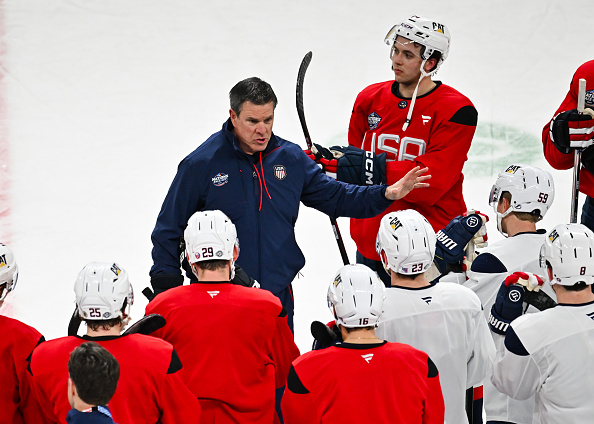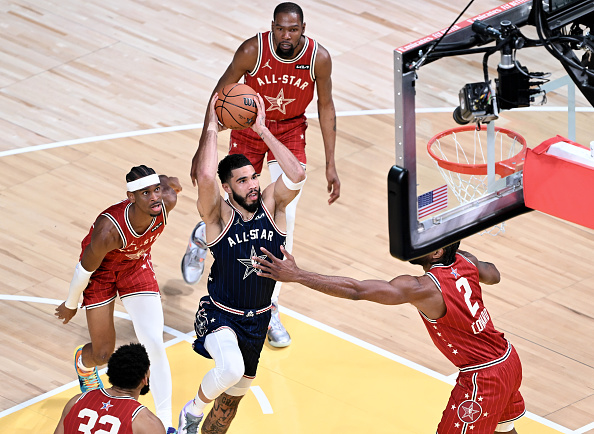It’s a debate that happens every year as a new hockey season begins; whether fighting is still needed in hockey, and if so is it worth the impact it has on players.
When a group of 50 Boston Bruins fans was surveyed, 94 percent of them felt strongly that fighting should be kept in the game. Many other NHL fans feel the same way. Fighting allows players to take justice into their own hands and police themselves when the refs aren’t making calls. Most fans questioned why people can’t leave fighting alone. They argue there’s no harm, but research and statements from doctors and actual enforces themselves says otherwise.
In the summer after the Bruins won the Stanley Cup in 2011 when hockey fights were a common occurrence, 3 NHL players committed suicide. Their names were Derek Boogaard, Rick Rypien and Wade Belak. The link between them? They were all enforcers.

Boogaard never wanted to fight. For him, it was the only way to finally make a name for himself. One of Derek’s first fights was when he was 16 in Regina, Saskatchewan. A player who was bigger than the 6 foot 8 Boogaard, whose name he didn’t know, came up to Derek in the hallway while he was taping his stick. “I’m going to kill you,” the player said and walked away. In that game, later on, Boogaard broke the stranger’s nose. Coaches and scouts laughed as they congratulated him. Derek was afraid of himself and what he was capable of.
Over his hockey career, both in the NHL and AHL, Boogaard did severe damage to his hand. He sought painkillers from a team trainer in 2009 and became addicted to them. The fatal mix of drugs, repeated brain injuries, and depression ultimately led to Boogaard to accidentally overdose alone in a hotel room in New York. He was diagnosed with CTE (aka Chronic Traumatic Encephalopathy) after his death. According to the Concussion Legacy Foundation CTE is a degenerative brain disease found in athletes, military veterans, and others with a history of repetitive brain trauma. Early symptoms of CTE usually appear in a patient’s late 20s or 30s and affect a patient’s mood and behavior. Some common changes seen include impulse control problems, aggression, depression, suicidal thoughts, and paranoia.

Rypien was a promising player with undeniable potential. Rypien played in 119 regular season games with the Canucks, scoring nine goals and seven assists for 16 points while racking up 226 penalty minutes. He played in 17 postseason games with Vancouver, collecting three assists and 43 PIM. He’s participated in 38 fights at the NHL-level (including preseason games), according to Hockey Fights.com. Rypien took his own life a few months after Boogaard after a long battle with depression. Rypien was also diagnosed with CTE.
Belak played parts of 14 seasons in the NHL with five teams. Belak, who was born in

Saskatoon, was known as a tough guy who was involved in somewhere around 136 fights over his career. He was never the best player to step onto the ice, but he did what he needed to do to stay relevant, which ultimately cost him his life. He died at 34 years old. Like Rypien and Boogaard, Belak too had CTE.
So as the debate around fighting continues, remembers these names. Remember their families and teammates and friends and ask yourself; is a little fight to get the energy going really so harmless?







